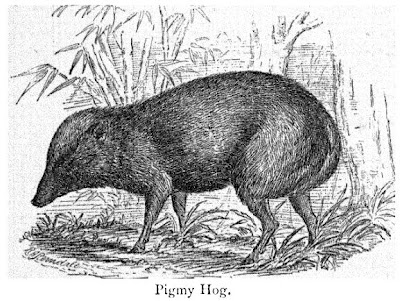 Pigmy Hog - Charming little Animal :
Pigmy Hog - Charming little Animal :
”I had never actually met a pigmy hog, but I have a deep, warm regard for all members of the pig family. So, simply it was a pig and a pigmy pig at that, I felt it must be charming “- Gerald Durrell.
Amazing words from an outstanding conservationist, naturalist, zookeeper, author and television presenter. Gerald Durrell was born in India (city of Jamshedpur) in 1925 and it is well written that he recollects his first encounter and love of animals to a visit to a zoo in India. In 1958, Gerald Durrell founded the now called Durrell Wildlife Conservation Trust and the Durrell Wildlife Park at the Channel Islands of Jersey. It was Durrell Wildlife Conservation Trust and the efforts of Durrell himself that set an example to save this amazing species we know as the Pygmy Hog from extinction in the wild. Durrell Wildlife Conservation Trust has been associated with saving this species for over 40 years. Thanks to the great efforts of their team, and association of international and local partners, the Pygmy Hog Conservation Programme (PHCP), the programme has successfully improved the prospects of survival of the world’s smallest pig in the wild.
So, what is this Pygmy Hog?
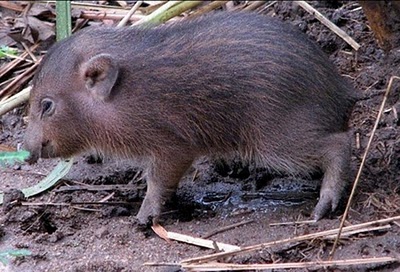
A piglet - Pygmy Hog (Porcula salvania) / © Dr. Goutam Narayan
The Pygmy Hog (Porcula salvania) is the world’s smallest and rarest wild pig. Fully grown it measures around 65cm (25 inches) in length, 25cm (10 inches) in height and has a tail of 1 inch long. The male adult weighs around 8 - 9kg, females are a little less, whereas new born piglets weigh just around 150 - 175grams. Pygmy Hogs are the only pigs in the world that make small nests in the wild. They make nest to farrow and are perhaps the only pigs that make nests for everyday dwelling purpose. These grass nests are not too small compared to the size of the animal and often half dozen sleep together in a nest. They never dig a trench to make the nest. They may however select a very shallow (2-3 inch) natural depression on the ground. These nests act as shades and shelter from hot temperatures.
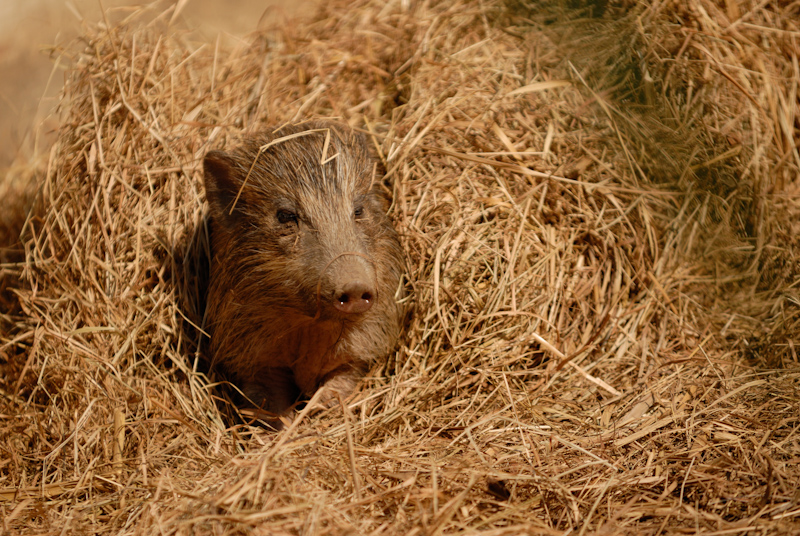
© Kalyan Varma / Pygmy Hog’s Nest
The Pygmy Hog is currently on the brink of extinction and nearly exterminated from all its original habitat and range. This species was said to populate from the foothills of Himalayas of Uttar Pradesh to Assam state in the North East of India and from Nepal terai belt to Bengal duar region. Sadly, this species is currently restricted to a single viable population at Manas Tiger Reserve; a small reintroduced population at Sonai Rupai Wildlife Sanctuary; and Orang National Park. All of these remaining areas are in the north western region of Assam. The Pygmy Hog is now found nowhere else in the world. It was said to have almost been made extinct in the wild. There is no specific ‘counts’ of wild or released animals from anywhere, as it is not possible to ‘count’ them. The PHCP have released 60 animals in the wild and believe their numbers have gone up at both reintroduction sites. The estimates from Manas show downward trend and there could be less than 200 surviving in the last remaining wild population.
The International Union of Conservation for Nature (IUCN), categories the Pygmy Hog species in it’s Red List Species as ”Critically Endangered” and rates it as one of the most threatened of all mammals.
Why is it so Important?
The prime importance of the Pygmy Hog is that it is the sole representative of the Porcula branch of the pig genus. This makes the critical endangered Pygmy Hog an important species that supports the existence of other species and the tall, wet grasslands of the region that it exists in. The Pgymy Hog acts as one of the most useful indicators of current wildlife management practices in these habitats. Decline in population has been through human disturbance of agricultural development, domestic grazing, human inflicted deliberate forest fires and seasonal floods. All these events are shrinking their existing habitats. Even where the existing viable population survives, the area is open to on-going threats from poaching, livestock grazing, forest fires and large predator species like tigers, leopards and jungle cats.
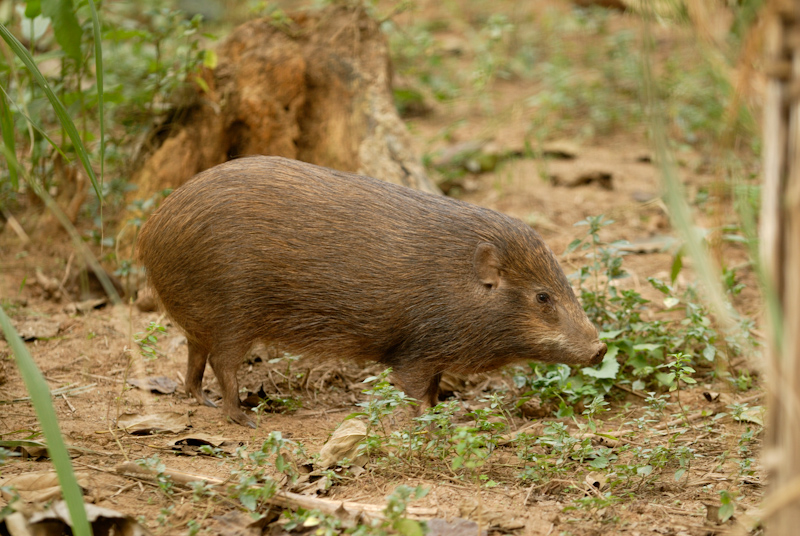
© Kalyan Varma / Pygmy Hog
Conservation Efforts
The biggest downfall in saving a species like the Pygmy Hog has been the lack of public support. Why would someone want to spend time and energy to discuss, let alone travel and see one (as it is next to impossible to see one in the wild). In a country like India, where maximum attention has been given to large mammal species such as the Tiger, Elephant, Rhino & Leopards - very few would keep this ‘Critical Endangered’ species in their list of priorities. If we add all the mentioned mammal species conservation status - the Pygmy Hog is more critical then all of them and that’s what makes this a very special species to ensure it survives in the wild.
Thanks to the on-going effort by the Pygmy Hog Conservation Programme (PHCP) in a collaborative project with the Durrell Wildlife Conservation Trust, IUCN/SSC Wild Pig Specialist Group, Forest Department, Govt. of Assam and the Ministry of Environment & Forest (MoEF), Govt of India people are trying to save this delicate and vulnerable species. The project is implemented in Assam by the Rare & Endangered Species Conservation Unit (RESCU) of EcoSystems-India.
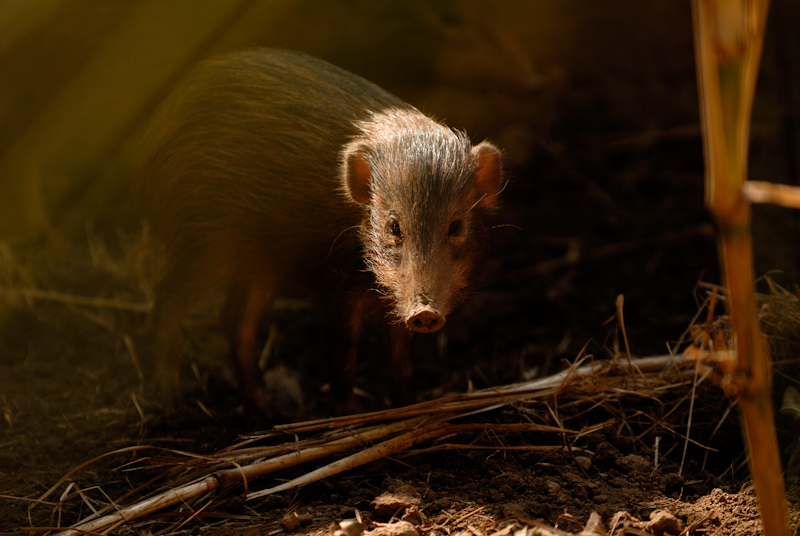
© Kalyan Varma / Pygmy Hog - Young
The main aim of this collaborative programme is conservation of the Pygmy Hogs and other endangered species that live in these tall grassland habitats. They use field research, captive breeding and reintroduction (after adequate restoration of degraded former habitats). This project is currently supported by IUCN-SOS and the Durrell Wildlife Conservation Trust. Other organisations or individuals who have been significantly involved in this successful project include the European Commission (EU), Darwin Initiative, Critical Ecosystems Partnership Fund, ZGAP, Mr. Joe Mayo, USA, US Fish & Wildlife Services and Assam Valley Wildlife Society.
According to IUCN, the Pygmy Hog conservation project has been a highly successful breeding project. It is one of India great conservation success stories and certainly all credits to the team at PHCP and their associates / organisations that have been involved with it.
If you are travelling to the area as a visitor or a travel agent that promotes the wilderness of the north eastern state of Assam - please do add an excursion to the Pygmy Hog Conservation Centre as this will highlight and certainly create awareness of a species that needs our prime attention.
Rightly said by Gerald Durrell that yes, the world’s smallest pig is certainly a ”Charming little Animal” worth protecting.
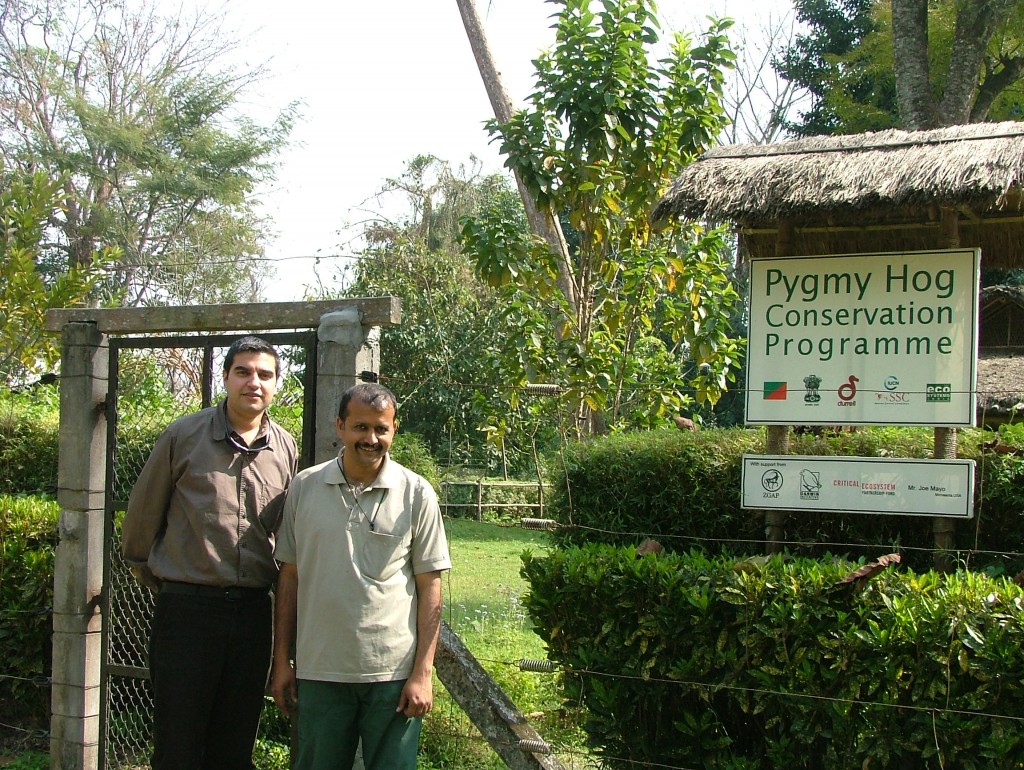
Abhishek Behl with Dr. Parag Jyoti Deka (Program Manager - PHCP) Nameri Centre ©Wild Navigator
———————————
Wild Navigator would like to thank Dr. Goutam Narayan (Project Director - Pygmy Hog Conservation Programme) and Dr. Parag Jyoti Deka (Program Manager - Pygmy Hog Conservation Program) in providing us with all information. We would also like to thank Kalyan Varma in contributing pictures to this post.










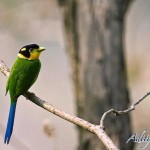
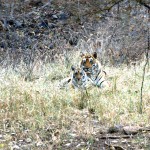
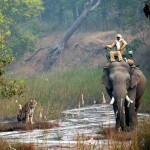
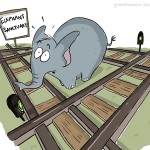
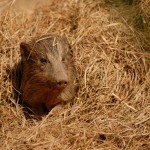







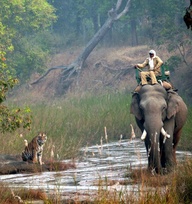
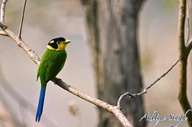




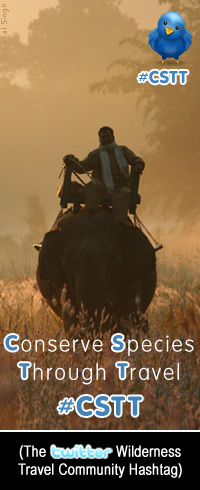



 Twitter
Twitter Facebook
Facebook RSS
RSS
Comments
Powered by Facebook Comments